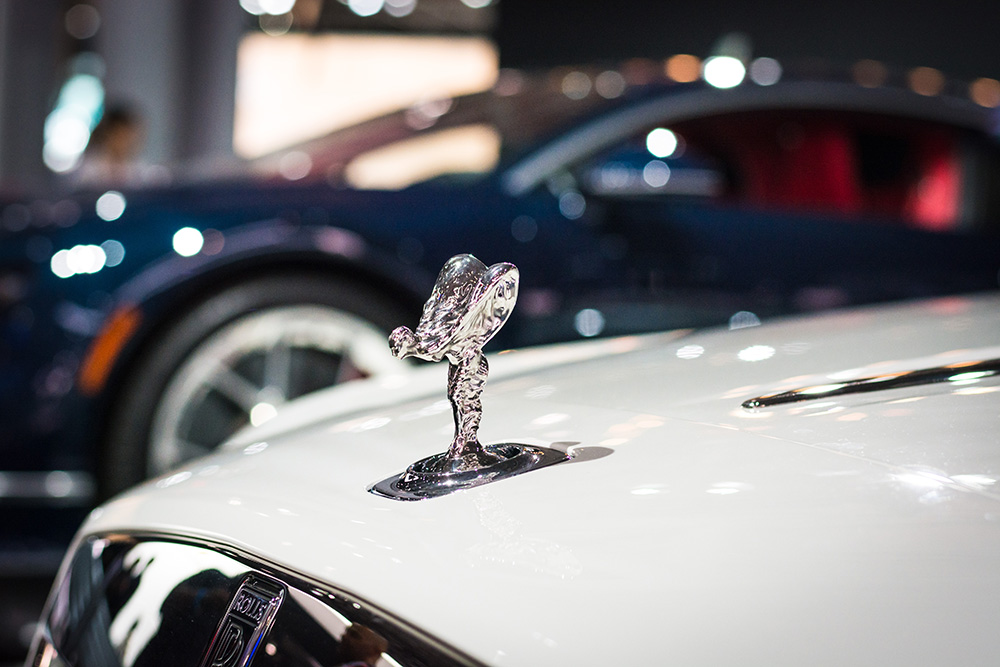My earliest automotive memory involves my dad’s 1983 Nissan Maxima, and the fact that it talked to you. Dare to leave the lights on after the car was off—or a dozen other mistakes—and you’d be greeted with a warning from a voice played on a tiny phonograph over the speakers: “Lights are on” or “fuel level low.” The tone and cadence suggested the female version of Commander Data, and I can still clearly remember each spoken phrase 30 years later.
To my young mind, that Maxima was a luxurious automobile, and there was a clear difference between it and its stable mate, a Hyundai Excel, which defined basic transportation.
This stroll down memory lane brings me to the vehicles of 2017 and what constitutes luxury. Technology defines the segment more than anything else. Inside each BMW, Mercedes, Lexus, and Volvo, you’ll find dashboards bristling with tech: Head-up displays, lane-departure warnings, cameras, screens, and phone connectivity, all aiming to make your drive safer and more enjoyable.
But take a peek inside today’s economy car, and you’ll find many similar features, just scaled back. Screens may be smaller, and perhaps there is just one camera instead of four, but tech that used to be ultra exclusive has now trickled down to the mass market.
So how do luxury makers now differentiate their product? Quality for one. High-end cars come with doors that create a satisfying “thunk” whenever you close them and a sense of gravitas when you drive them down the road, something that vehicles with thinner sheet metal have yet to replicate. And interiors are filled with butter-soft leather and authentic metal or wood finishes—even the smells of the cabin are enjoyable.
Innovation is another. Massaging seats that heat and cool you, footrests that rise up from the floor, and LED-backlit roof panels have yet to make it to the mainstream market. High-resolution screens have replaced analog gauges, and autopilot will let you relax while driving down the highway for extended periods of time.
With all these features comes added weight, but performance does not suffer. Adjustable suspensions, turbochargers, V-8 and V-12 engines, and advanced transmissions help four-door luxury sedans put up performance numbers that would shame many sports cars.
Which brings me back to my parents’ garage. The computer voice of the Maxima never made it to the Excel, but features like power windows and seats did. And that difference remains today. Aspirational luxury vehicles continue to be a flagship for innovation, while more attainable cars benefit from the trickle down of technology.

